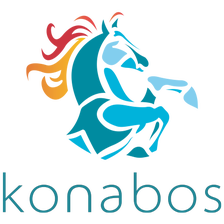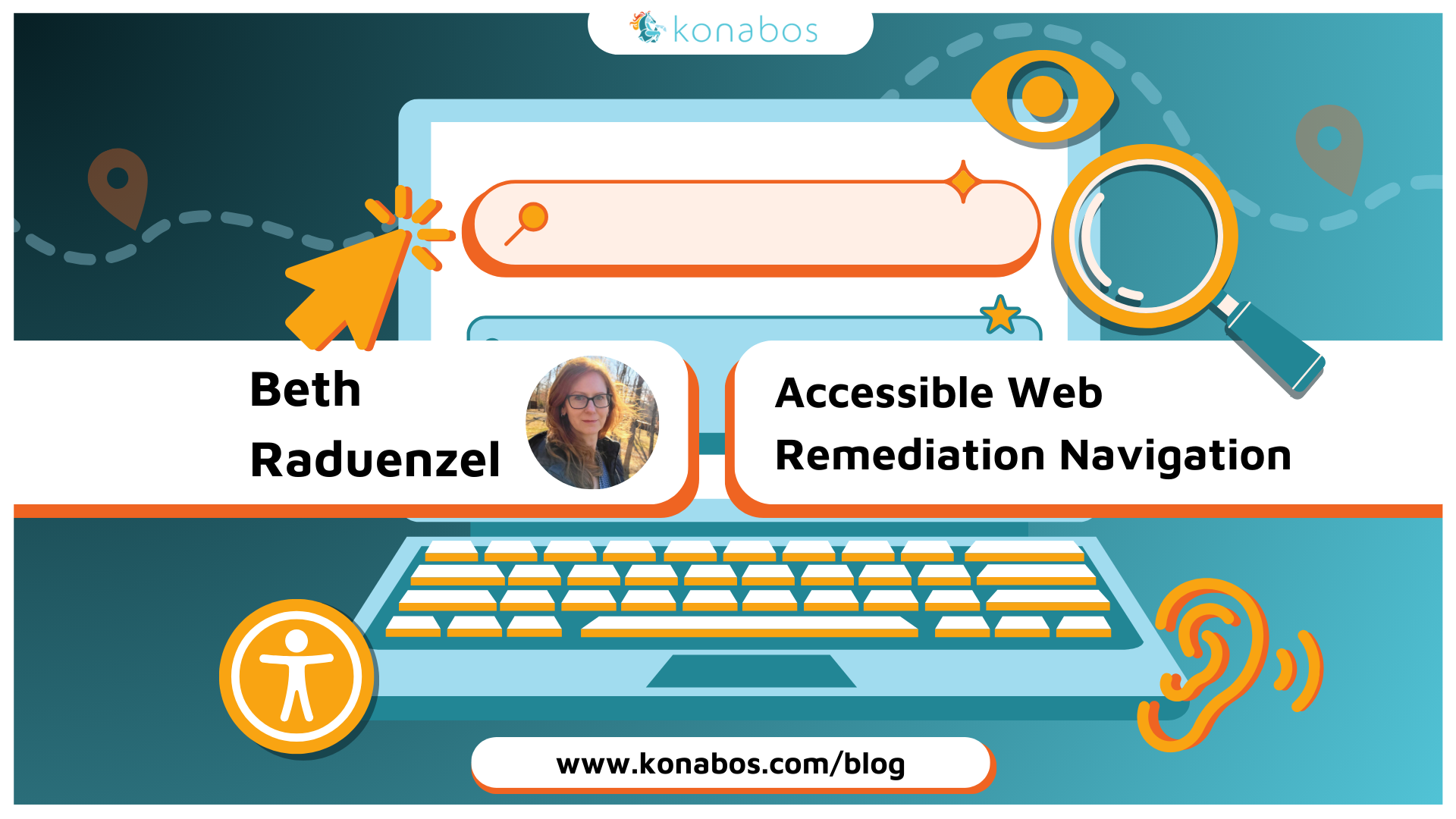Navigating the Road to Web Accessibility Remediation
Beth Raduenzel -
20 Mar 2024
Web accessibility is not only a legal necessity, it’s a moral responsibility. To create an inclusive online experience, we should keep in mind users of all abilities when designing and building new products. If you happen to be tasked with remediating a website for accessibility, this guide will walk you through the essential steps to make your website accessible to everyone.
Read and Understand WCAG
Before diving into remediation, it's crucial to understand the fundamentals of web accessibility. Familiarize yourself with the most recent Web Content Accessibility Guidelines (WCAG 2.2) and look into any regional and industry-specific regulations that may apply.
Building a Team
Accessibility remediation is a collaborative effort that requires a dedicated, multidisciplinary team. Project managers, visual designers, UX designers, developers, content specialists, and QA testers each play a crucial role in achieving accessibility goals, by contributing their expertise to various aspects of the remediation process.
Securing Leadership Support
Try to garner support from company leadership by conveying the advantages of web accessibility, from increased usability to potential tax credits for small businesses. Emphasize that accessible websites attract more traffic, experience lower bounce rates, and rank higher in search engines.
Starting Small with Grassroots Movement
If obtaining leadership support is too much of a challenge, initiate a grassroots accessibility movement within the organization. Begin with small, yet impactful updates such as enhancing color contrast ratios or implementing keyboard navigation. Track the outcomes and use the positive results to advocate for additional accessibility improvements.
Creating a Blueprint
Develop a comprehensive plan outlining the steps for remediation. Define specific tasks, set realistic timelines, and allocate resources effectively. This blueprint serves as a roadmap with clear objectives and milestones, for guiding the team through the remediation process.
Executing Remediation
Divide the remediation process into manageable tasks, beginning with global elements before focusing on specific sections of the site. Ensure that every page adheres to the accessibility standards outlined in your blueprint.
Testing and Quality Assurance
Testing is a critical phase of the remediation process. Quality Assurance (QA) testers should be trained to navigate the website using the keyboard and a screen reader in order to simulate the experience for users with diverse abilities. Conduct manual testing alongside automated accessibility testing tools to ensure a comprehensive accessibility evaluation.
Documenting Patterns and Building a Library
As you progress through remediation, document recurring patterns and solutions. Create a pattern library to house accessible elements and situations, making it a go-to resource for consistency and compliance. This living document should be regularly updated, reflecting the evolving nature of web accessibility.
Ongoing Maintenance and Improvement
Contrary to common misconceptions, web accessibility is not a one-time fix. After achieving your initial accessibility goals, commit to ongoing maintenance and accessibility improvements. Prevent inadvertent back-slides in compliance by educating everyone involved in site updates about the importance of accessibility.
Conclusion
Remediating a website for accessibility is a multifaceted endeavor that demands commitment, collaboration, and ongoing dedication. It can seem daunting, but it is within your reach! By following these steps, can help you navigate the road to web accessibility. Please remember, web accessibility is not just a checkbox for legal requirements; it's a dynamic goal that reflects your dedication to ensuring a positive user experience for every visitor to your site.

Beth Raduenzel
Working for large Fortune 100 and 500 companies and small tech startups has given Beth a range of rarely attained experience. Beth has enjoyed improving user experiences across B2B, B2C, and SaaS Enterprise apps, whether as part of a large design team or wearing many hats as the sole designer, researcher, and editor at small startups.
Beth is the author of two published articles on web accessibility and is currently working on a tactile children’s book for the blind.



Share on social media